macstrange
ArboristSite Operative
I normally use a copper dye. I have crysocholla that I'll be using also. This was a trade and I've got to much into it already.

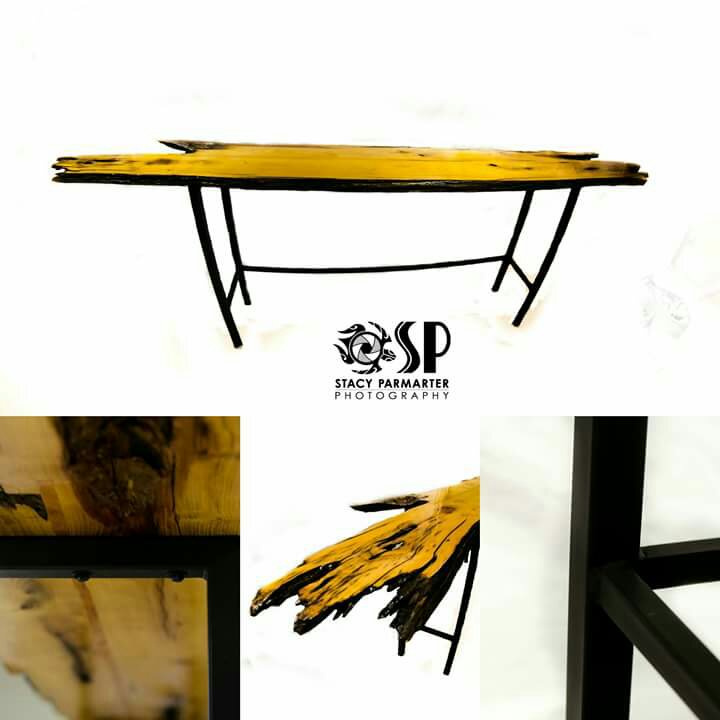
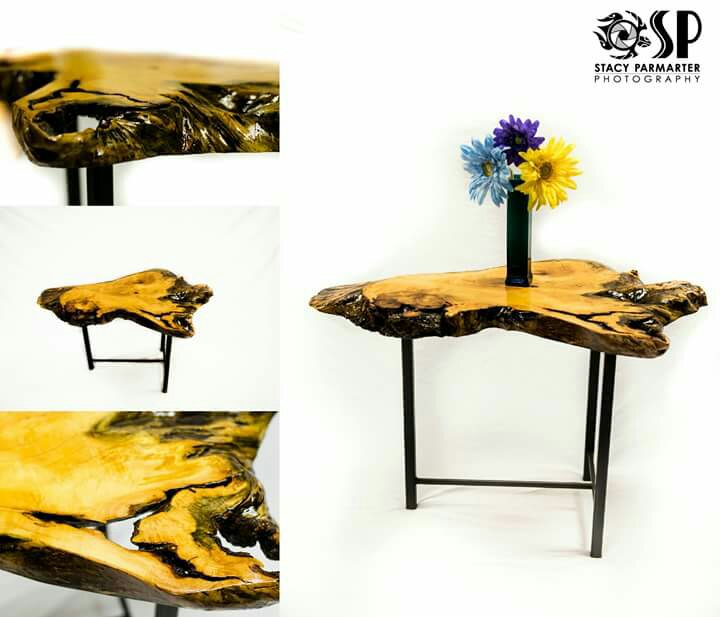
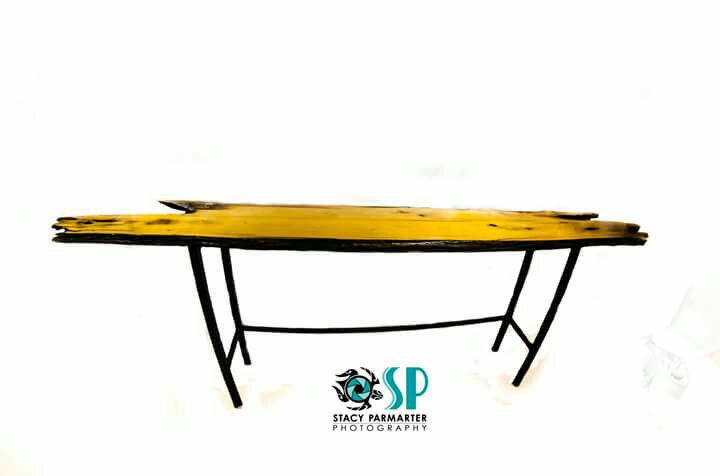
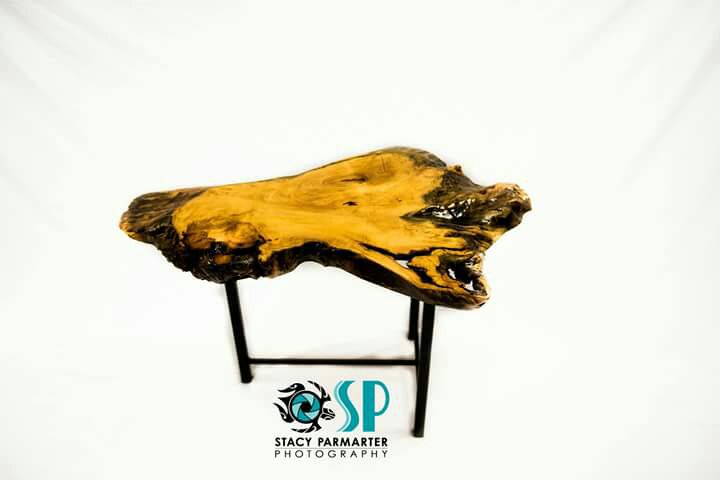
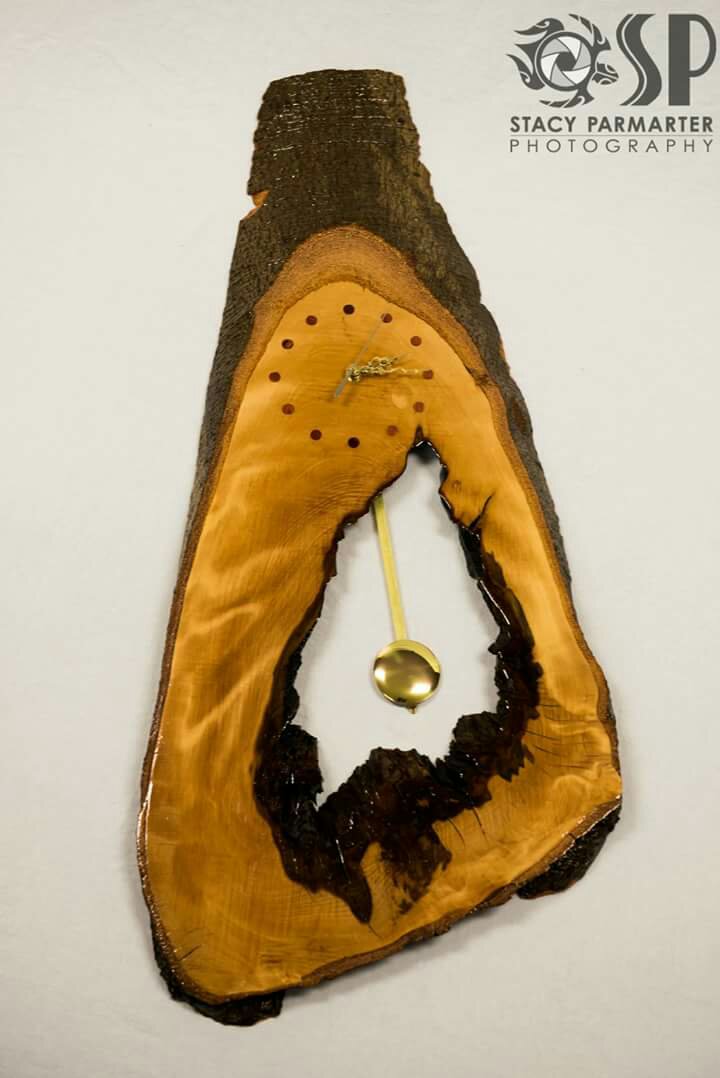
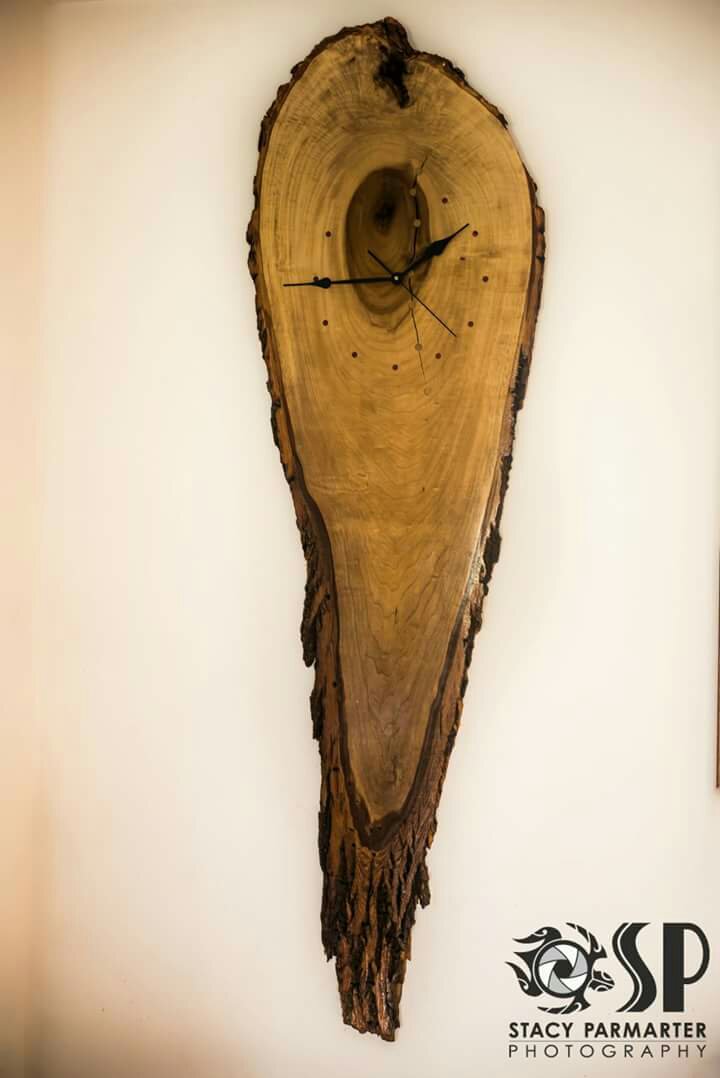
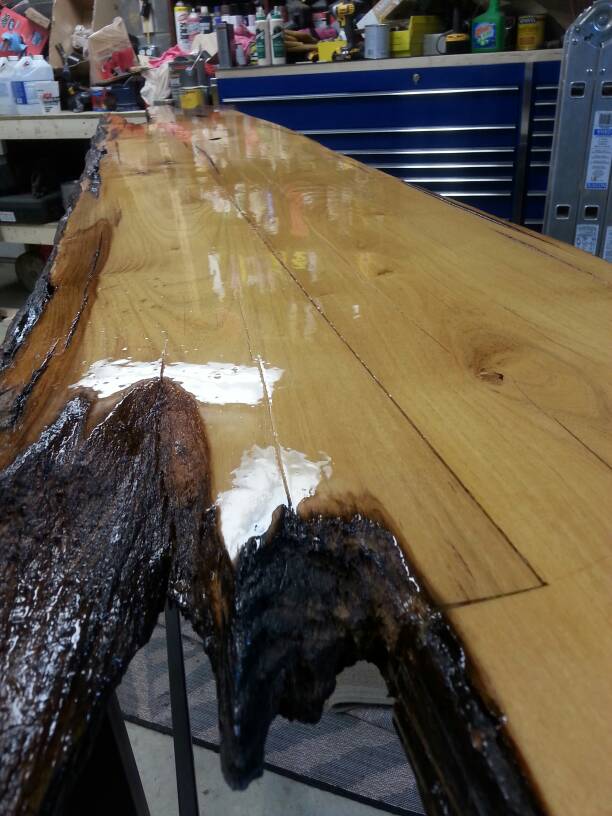
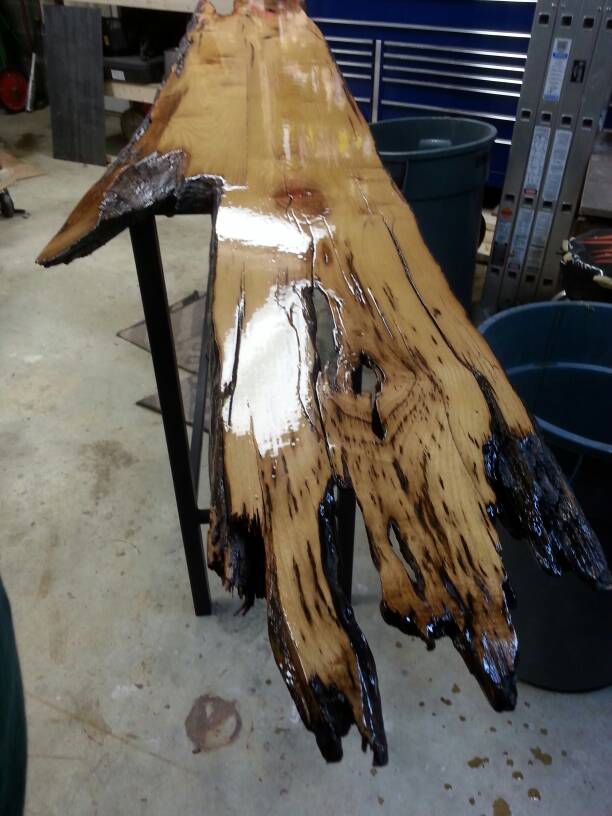
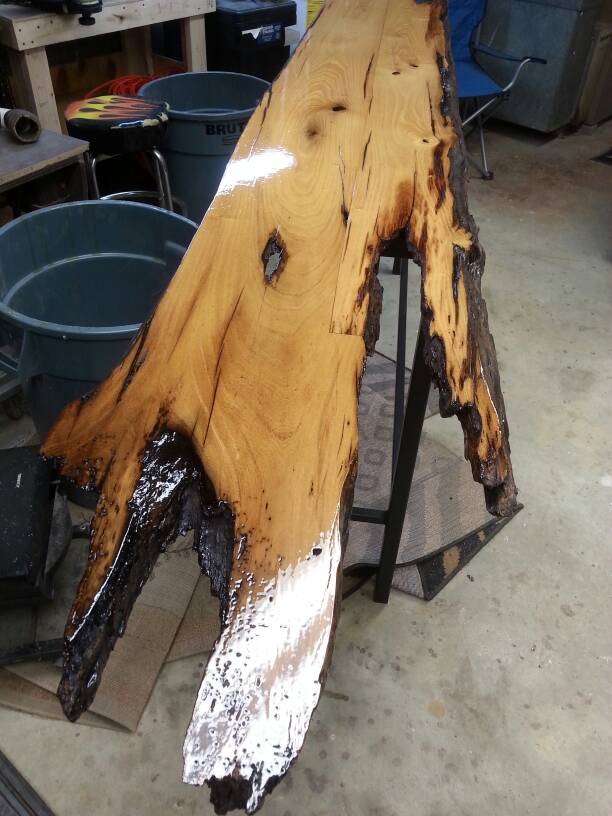
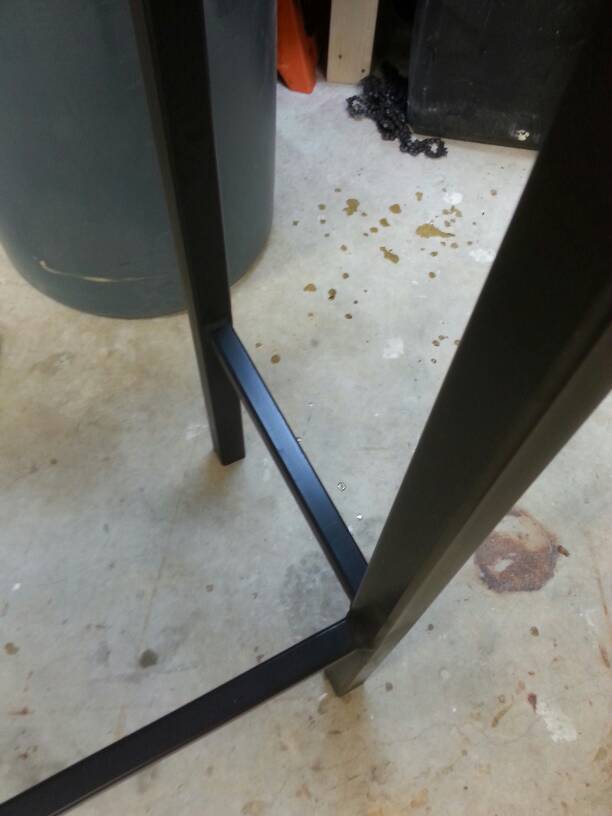
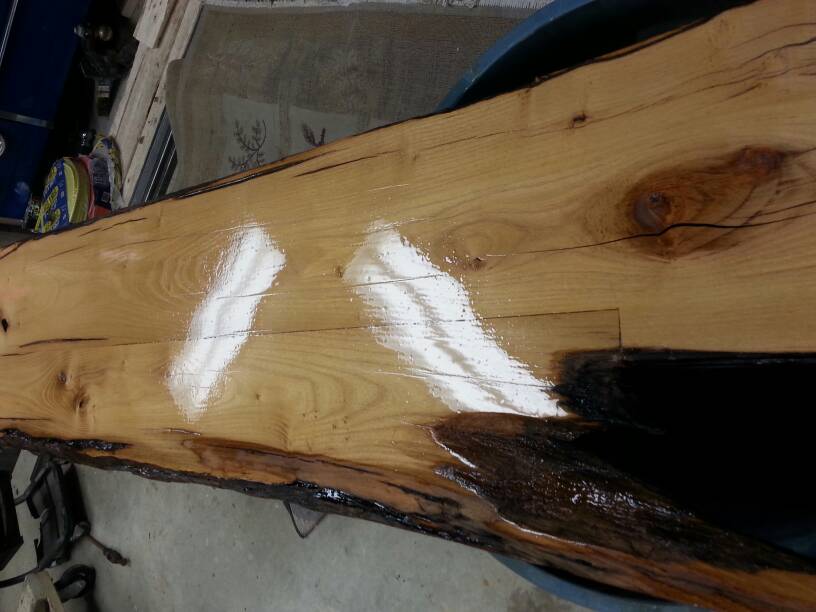
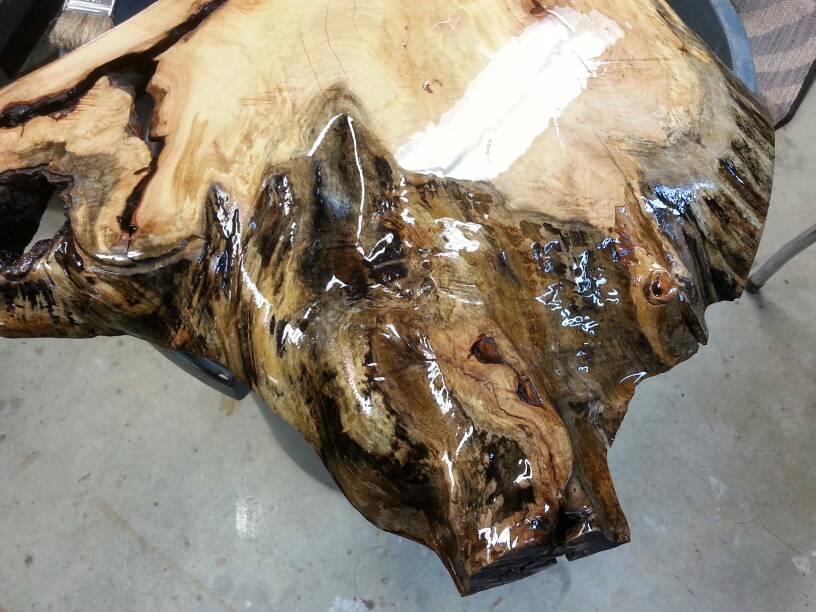
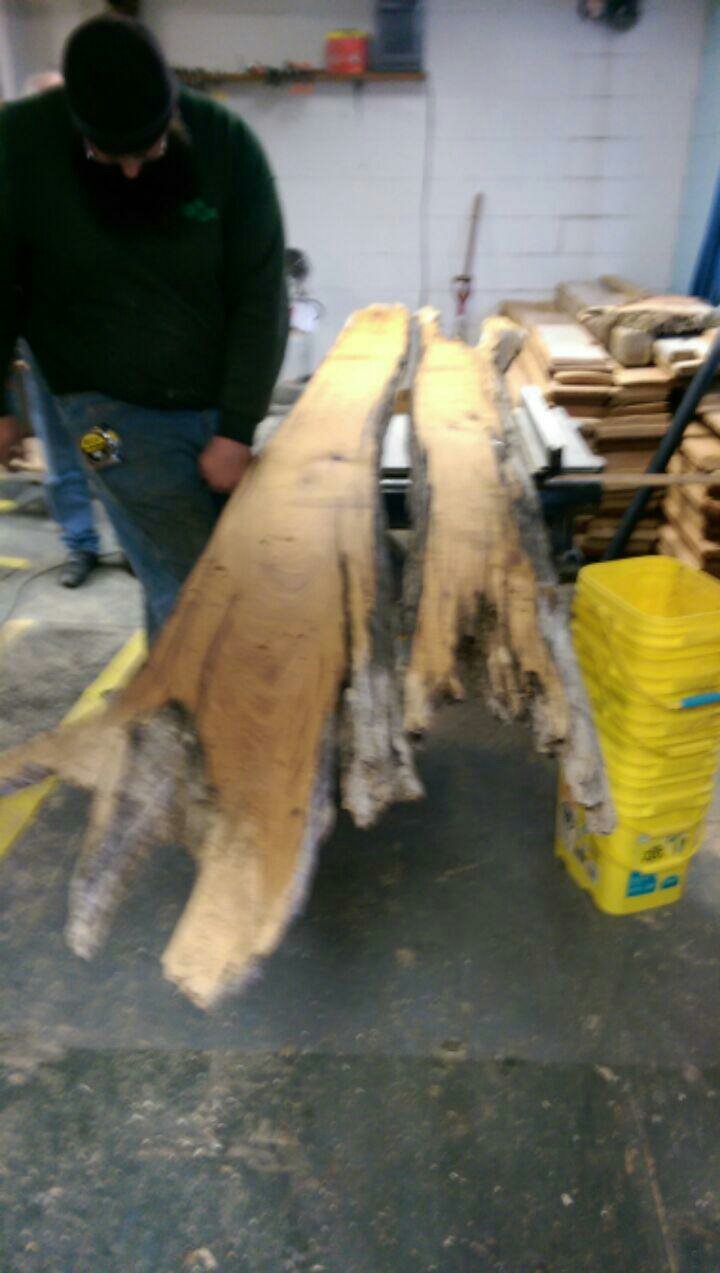
I really like that table. I hope it gets put some where it won't get walked into during a power failure.A couple more pics of the driftwood table.






Are you sanding between each coat?Not happy with the dust spots and bubbles in the finish. I like the thick looking gloss finish though so I have to play around with it till I find something I like.
Maybe less coats?Yeah. The gloss just shows every defect
Am no expert and haven't done so for a while but here what worked for me when was doing it a fair bit back in the day.
Don't over cook (but obviously don't under cook it too) the epoxy mix and that will help give time for some bubbles (pay attention to how you are mixing it too) time to settle out of the container and out of the finish, get the pouring space and wood up a few degrees hotter than ambient and then kill the heat just before pouring and let the falling heat gradient take some potential puff out of the air in the wood surface, a small propane torch (I liked the ones that screw directly onto a small can) are good for popping bubbles (not much air movement and only very fleeting and localised spike in heat). Got to keep dust out of the air. It seems to wait in the wings and then dive in once you start putting the resin on. So, if you can wet the floor, stop all air movement (if can't guarantee the dust free air then do so only atfer you are done with the torch or the vendor says the fumes won't ignite) (or positve pressure the room), and at the very least build a cover over your work until it sets, then it does help.
Mind you, there are times when I would have been much happier with quite a bit of dust than no dust but one die-hard kamakazi flying insect that leaves a history of their struggle for you to read the next morning.
YupAm no expert and haven't done so for a while but here what worked for me when was doing it a fair bit back in the day.
Don't over cook (but obviously don't under cook it too) the epoxy mix and that will help give time for some bubbles (pay attention to how you are mixing it too) time to settle out of the container and out of the finish, get the pouring space and wood up a few degrees hotter than ambient and then kill the heat just before pouring and let the falling heat gradient take some potential puff out of the air in the wood surface, a small propane torch (I liked the ones that screw directly onto a small can) are good for popping bubbles (not much air movement and only very fleeting and localised spike in heat). Got to keep dust out of the air. It seems to wait in the wings and then dive in once you start putting the resin on. So, if you can wet the floor, stop all air movement (if can't guarantee the dust free air then do so only atfer you are done with the torch or the vendor says the fumes won't ignite) (or positve pressure the room), and at the very least build a cover over your work until it sets, then it does help.
Mind you, there are times when I would have been much happier with quite a bit of dust than no dust but one die-hard kamakazi flying insect that leaves a history of their struggle for you to read the next morning.
Yup I've read a little braille in the morning also. It always reads "I got you sucker!"Am no expert and haven't done so for a while but here what worked for me when was doing it a fair bit back in the day.
Don't over cook (but obviously don't under cook it too) the epoxy mix and that will help give time for some bubbles (pay attention to how you are mixing it too) time to settle out of the container and out of the finish, get the pouring space and wood up a few degrees hotter than ambient and then kill the heat just before pouring and let the falling heat gradient take some potential puff out of the air in the wood surface, a small propane torch (I liked the ones that screw directly onto a small can) are good for popping bubbles (not much air movement and only very fleeting and localised spike in heat). Got to keep dust out of the air. It seems to wait in the wings and then dive in once you start putting the resin on. So, if you can wet the floor, stop all air movement (if can't guarantee the dust free air then do so only atfer you are done with the torch or the vendor says the fumes won't ignite) (or positve pressure the room), and at the very least build a cover over your work until it sets, then it does help.
Mind you, there are times when I would have been much happier with quite a bit of dust than no dust but one die-hard kamakazi flying insect that leaves a history of their struggle for you to read the next morning.
Enter your email address to join: